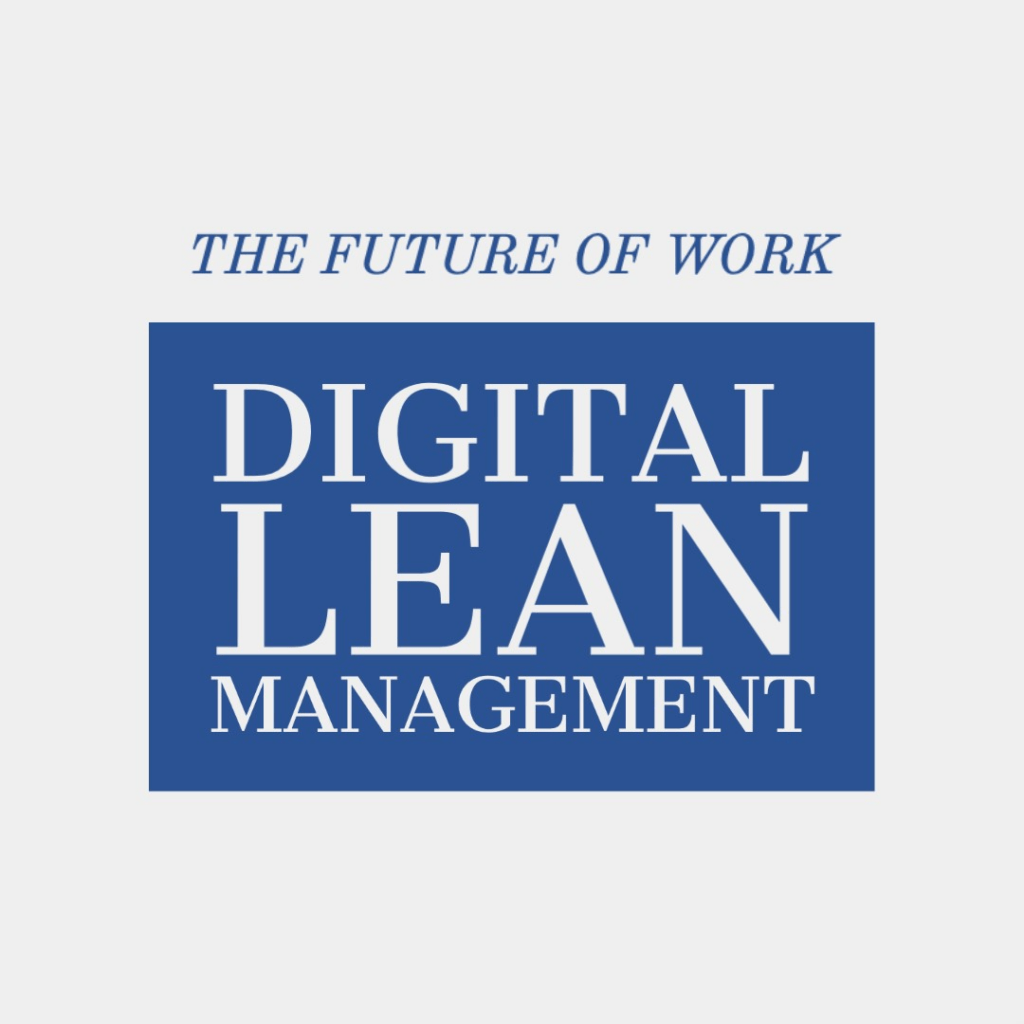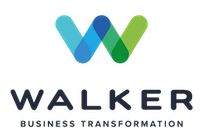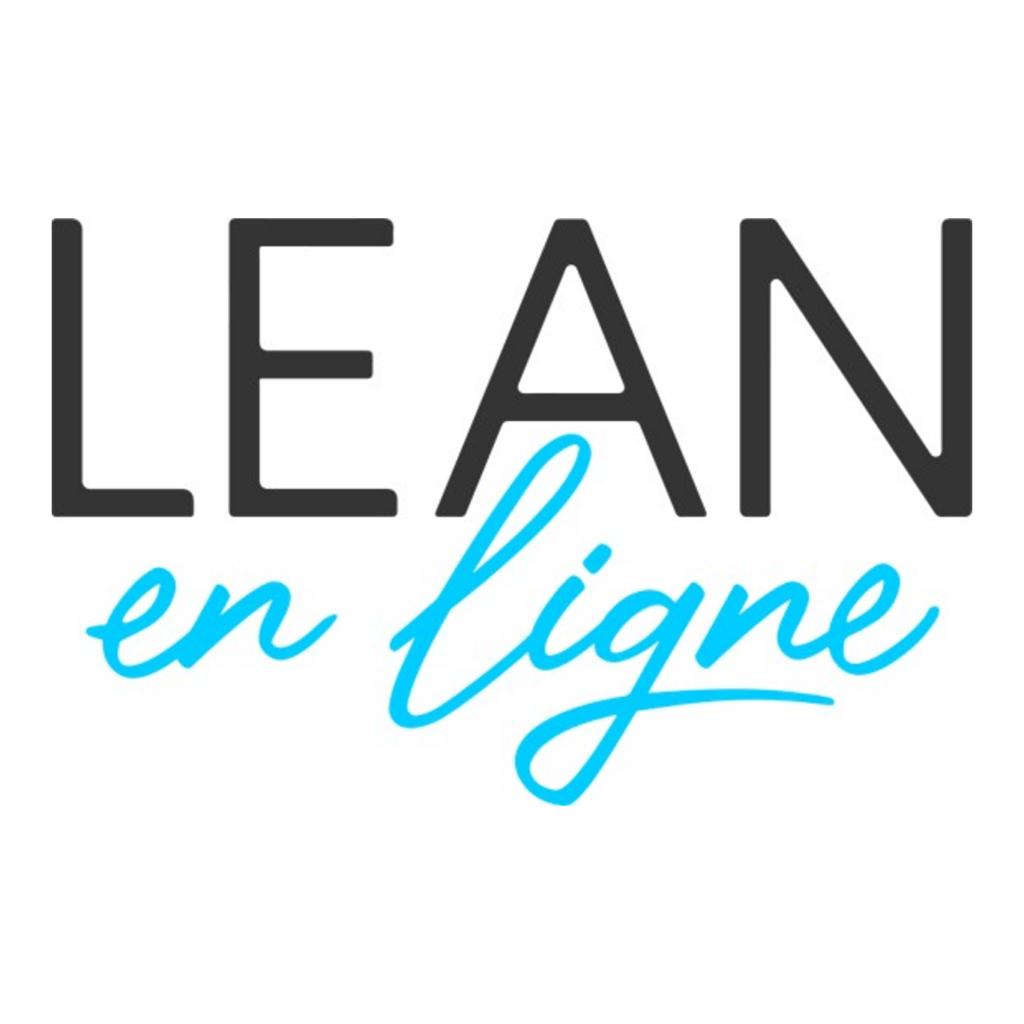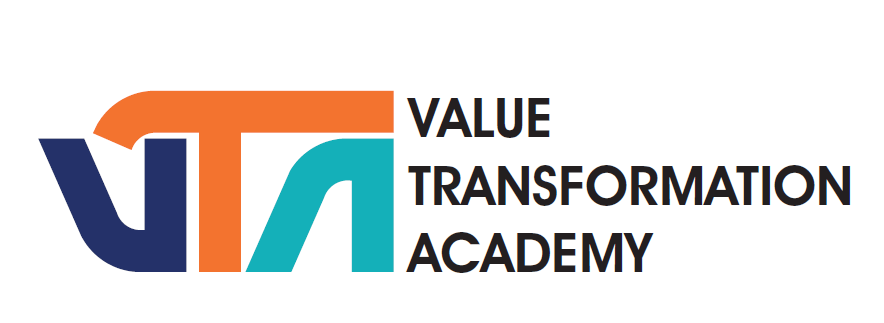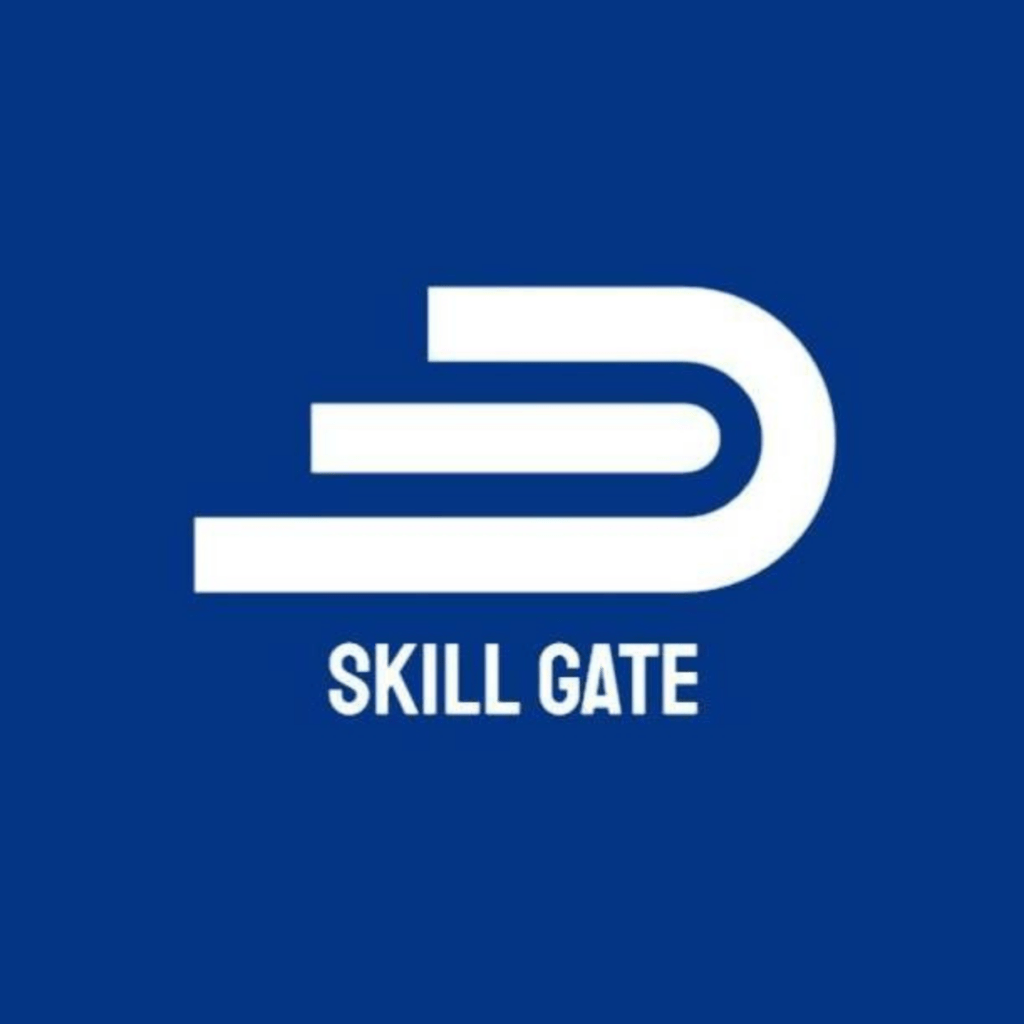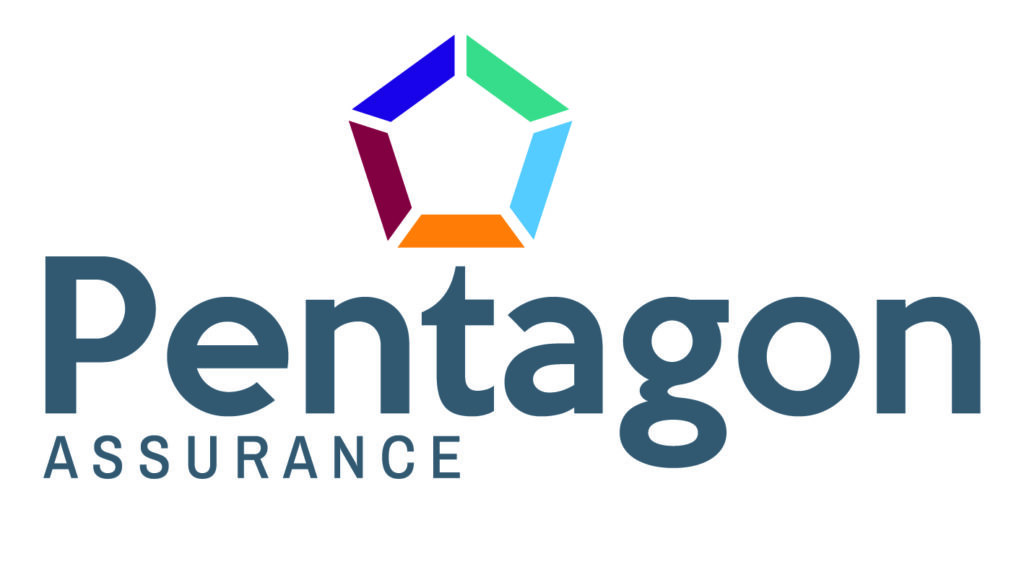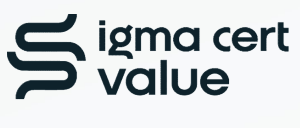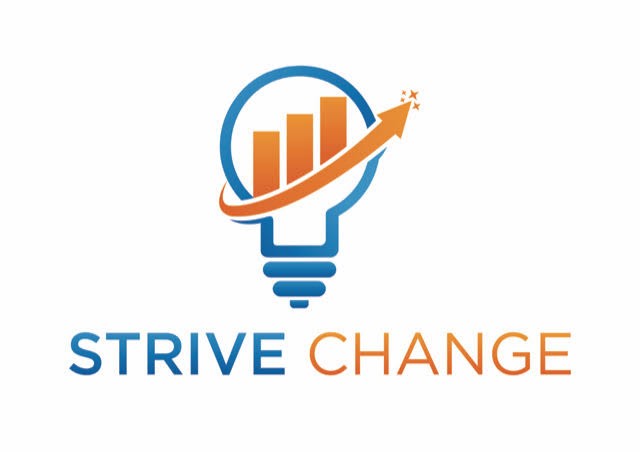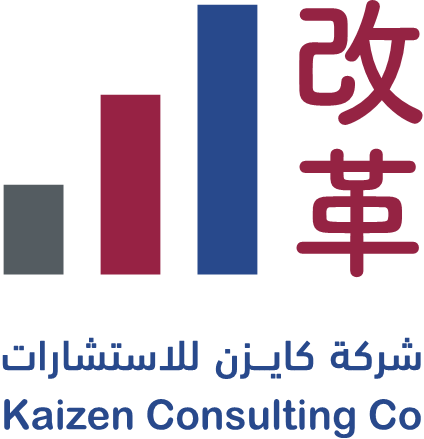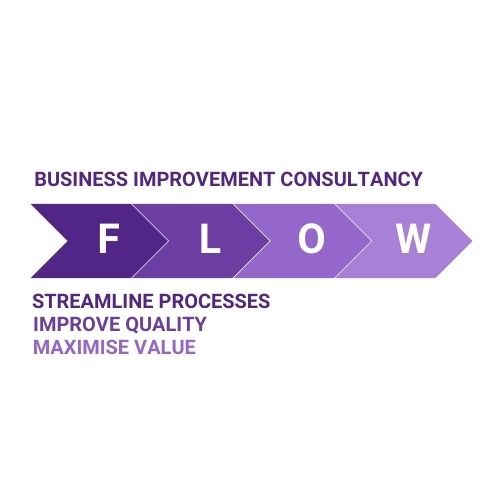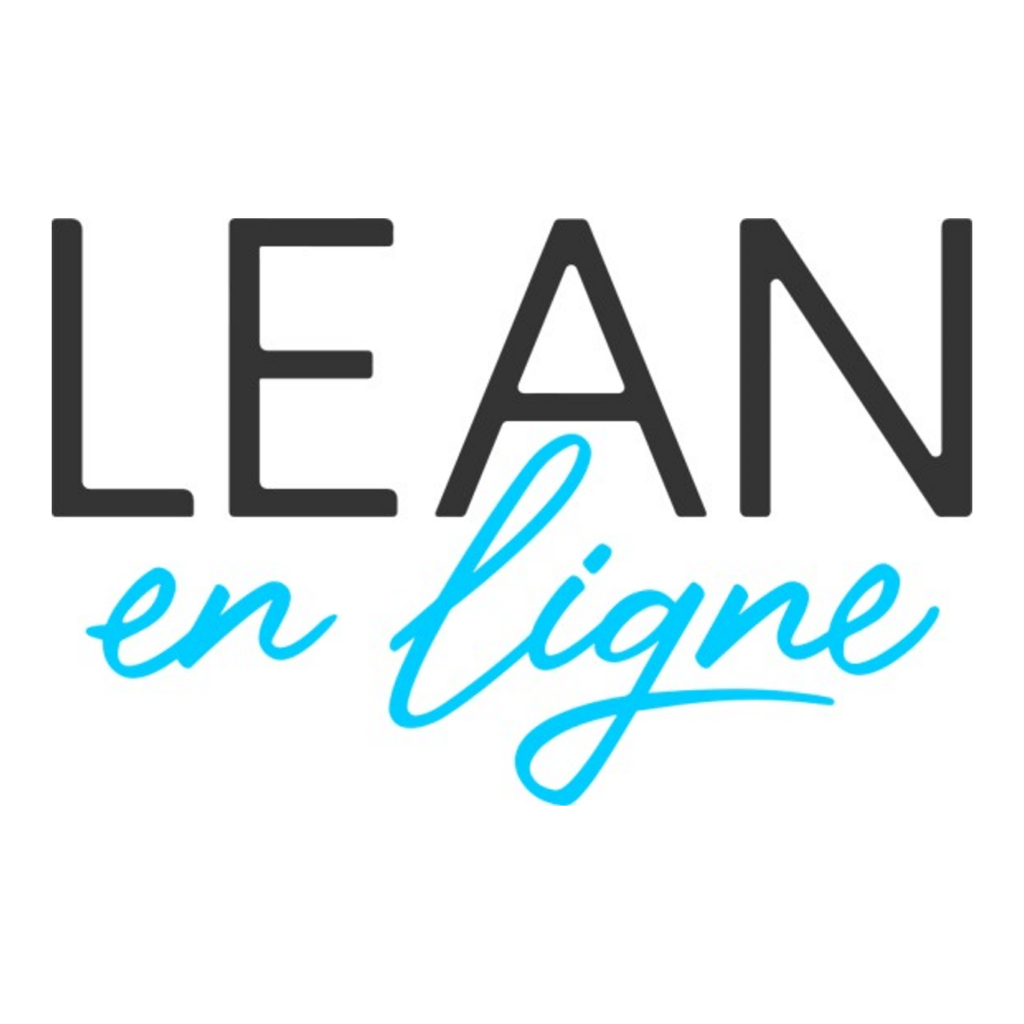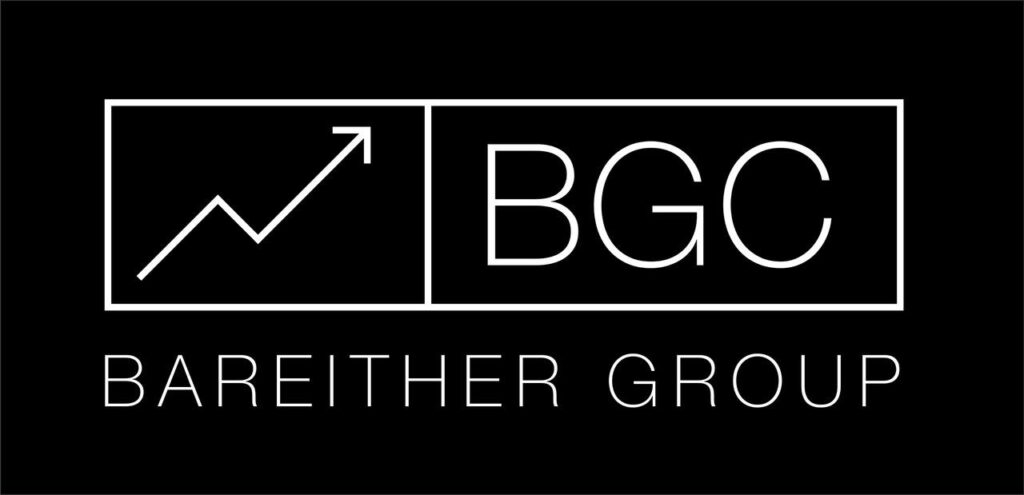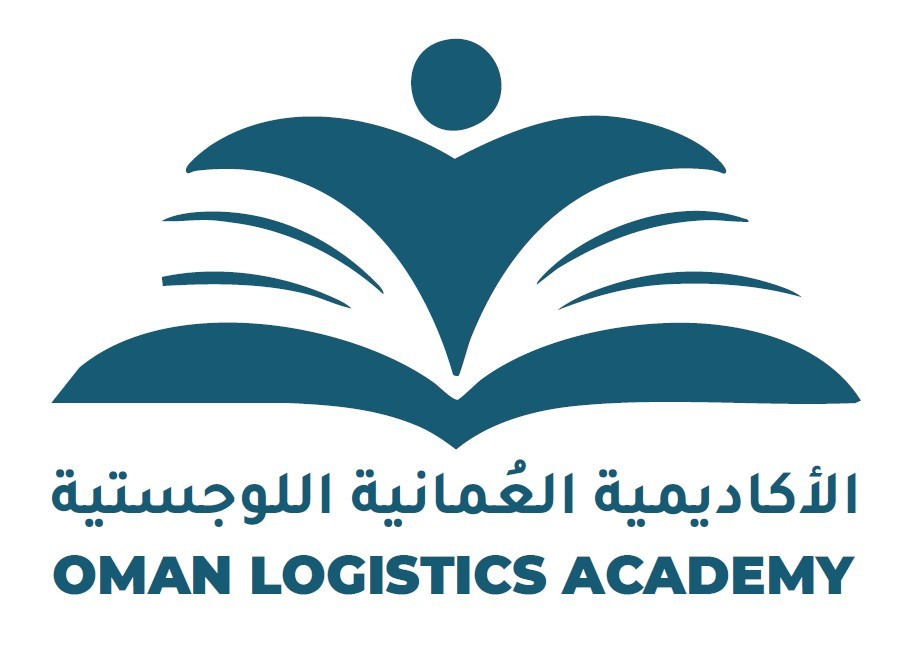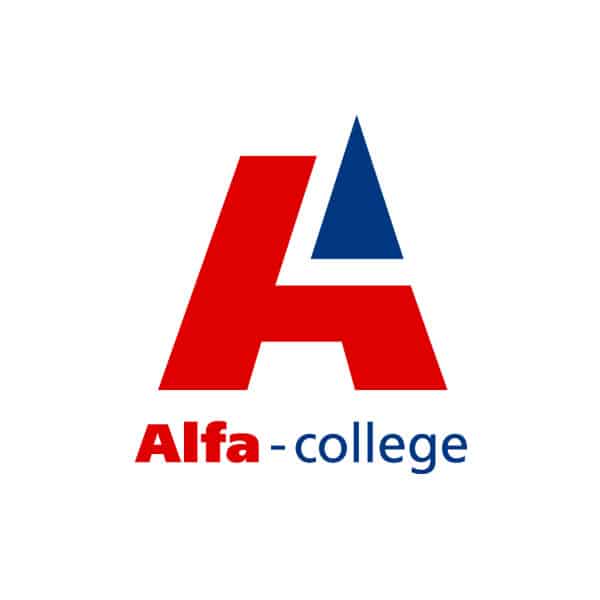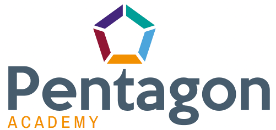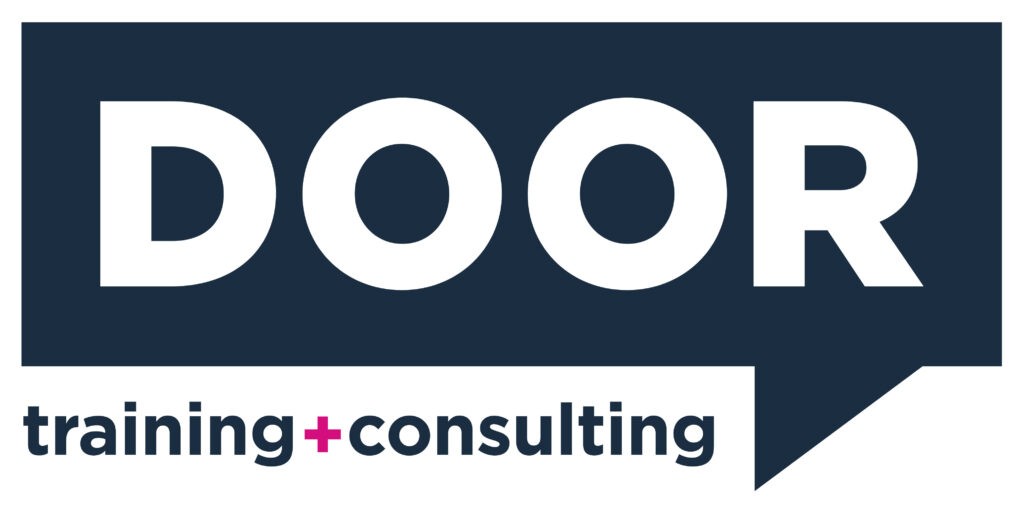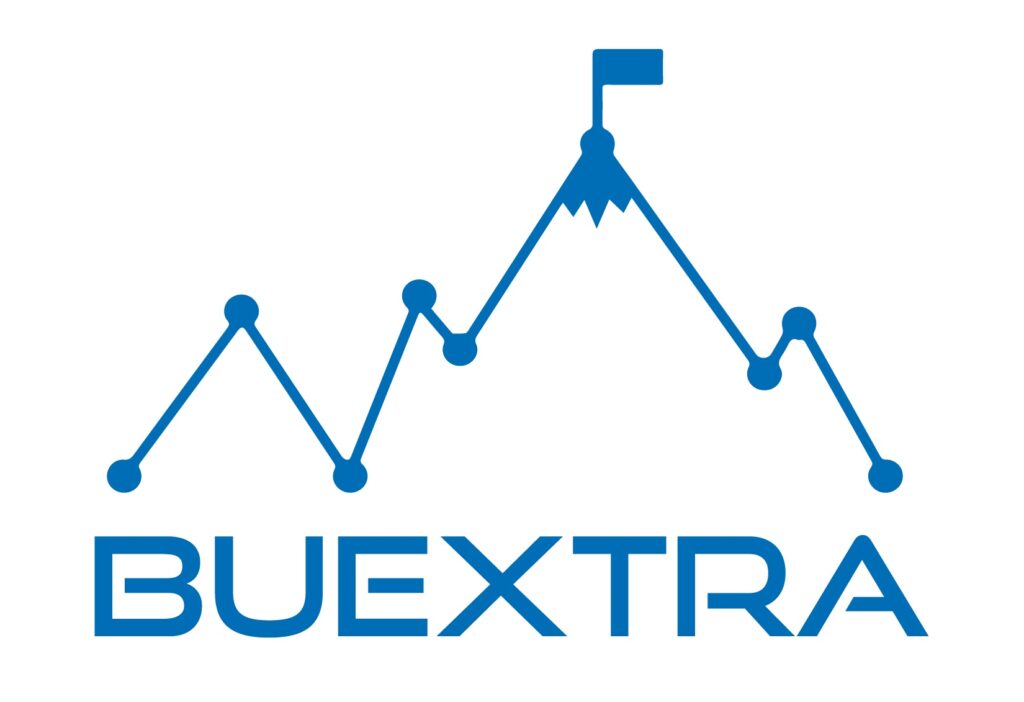DePIN: The Next Big Leap in Lean Efficiency?
DePIN (Decentralised Physical Infrastructure Networks) and RWAs (Real-World assets) are an emerging trend within the blockchain sector. These concepts open up a range of new possibilities when ownership of physical assets (RWAs) are placed ‘on-chain’ (on a blockchain).
Access to these assets becomes easier and the fractionalization of these assets leads to new business models, new incentive models and new markets. Through token incentives individuals are motivated to contribute to the network. The goal is to offer an alternative to centralised (WEB2 based) applications and compete with the large multinational Web2 infrastructure-based companies such as Google and Amazon. DePIN can provide more efficient, resilient and fair alternatives to centralised physical infrastructure networks.
The future of Lean efficiency will be facilitated with the help of Decentralized Physical Infrastructure Networks (DePIN). This innovative concept enhances the way industries handle economic data, infrastructure monitoring, supply chains, and more, all while utilizing technologies like GPUs, bandwidth, and energy resources more efficiently.
What is DePIN?
DePIN is a system that decentralizes the management of both physical and digital infrastructure resources.
Unlike traditional centralized systems, DePIN uses blockchain technology and other decentralized protocols to ensure that resources are shared efficiently and transparently. This can include anything from economic data and infrastructure monitoring to supply chain data and mapping data.
Why DePIN in Lean Efficiency
One of the main advantages of DePIN is its ability to use resources more efficiently. DePIN minimizes waste and ensures these resources are used where they are needed most, by decentralizing the management of resources like GPUs, bandwidth, and energy.
For instance, instead of having idle GPUs in one location while there’s a shortage in another, DePIN can dynamically allocate GPU resources to where they’re most needed. This not only enhances efficiency but also reduces costs associated with underutilized resources.
In traditional systems, data is often siloed, making it difficult for different parts of an organization to access and utilize the same information. DePIN breaks down these silos, allowing economic data, infrastructure monitoring data, supply chain data, and mapping data to be shared across the network without intermediaries. This leads to faster decision-making, as all relevant data is readily available to those who need it.
Blockchain technology, which underpins DePIN, offers enhanced transparency and security. Every transaction or data exchange is recorded on a public ledger, ensuring that all stakeholders can verify the authenticity and accuracy of the data. This builds trust and reduces the risk of data tampering or fraud. To truly grasp the potential of DePIN, let’s compare it with existing systems and technologies.
Traditional Centralized Systems vs. DePIN
In traditional centralized systems, resources are managed by a single entity or a few entities. This often leads to inefficiencies, as these entities may not have the necessary visibility or agility to allocate resources optimally. For example, a centralized supply chain management system might struggle to adapt to sudden changes in demand or supply. In contrast, DePIN’s decentralized approach can respond more dynamically to changes, ensuring that resources are allocated where they are needed most.
Internet of Things (IoT) vs. DePIN
The Internet of Things (IoT) has been a game-changer for industries looking to enhance efficiency. IoT devices collect and share data, enabling better decision-making.
However, IoT systems often rely on centralized platforms, which can become bottlenecks. DePIN takes IoT a step further by decentralizing the management of these devices and the data they generate. This ensures that the benefits of IoT are realized without the drawbacks of centralization.
In-Depth Applications of DePIN
In supply chain management, DePIN can ensure that all stakeholders have access to real-time data. This can lead to better forecasting, reduced lead times, and lower inventory costs. For example, a decentralized network of suppliers and manufacturers can share production data, enabling more accurate demand planning and reducing the risk of stockouts or overproduction.
For infrastructure monitoring, DePIN can provide a decentralized platform for sharing data from various sensors and monitoring devices. This can lead to faster detection of issues and more proactive maintenance, reducing downtime and extending the lifespan of critical infrastructure.
In economic data sharing, DePIN can facilitate more accurate and timely data collection and analysis. This can lead to better policy-making and economic planning, as all relevant stakeholders have access to the same data.
DePIN represents a promising advancement in Lean efficiency. By leveraging decentralized technologies to enhance resource utilization, data sharing, and transparency, DePIN can address some of the most significant challenges faced by traditional systems. While the concept is still in its early stages, the potential benefits are substantial. As industries continue to seek ways to improve efficiency and reduce waste, DePIN may very well be the next big leap in Lean efficiency.
Let’s have a look at some existing projects that are already using these concepts and technologies:
 IOX Protocol | The Internet of Impacts
IOX Protocol | The Internet of Impacts
The IXO75 Protocol introduces a groundbreaking standard for creating Verifiable Impact Claims, which assess and document the impact of individuals and organizations on global conditions. These claims undergo rigorous evaluation by trusted Prediction Oracle services, resulting in the issuance of Impact Proofs and certified digital credentials. These digital assets, certified and validated, serve as modern replacements or improvements to traditional instruments such as verified emission reduction certificates.
Lean Blockchain Systems Thinking
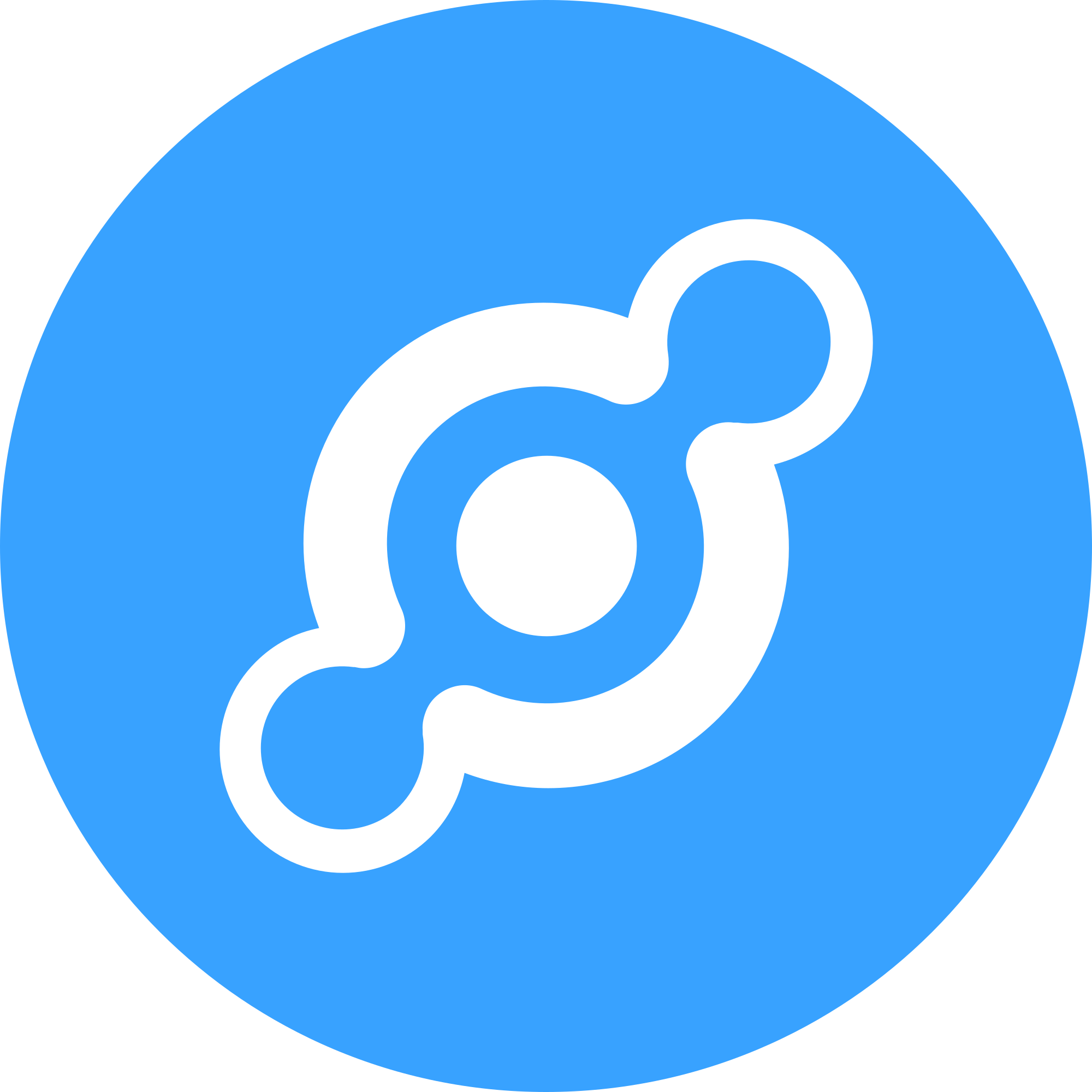 Helium Network
Helium Network
The Helium Network is changing the game when it comes to wireless connections. Instead of relying on expensive infrastructure or energy-intensive technologies, Helium offers a decentralised solution that let devices from anywhere in the world connect to the Internet. This means you can use your phone, laptop, or any other device without needing to be near a Wi-Fi hotspot or a cell tower.
How does it work?
Well, it’s all thanks to blockchain technology and a special currency called Helium tokens. These tokens create a marketplace where people who provide wireless coverage can earn money, and those who need to connect their devices can do so at a much lower cost. Helium also provides the tools for developers to easily create devices that use less power and stay connected to the Internet, making it easier than ever to build smart gadgets and connect them to the web.
 Hivemapper
Hivemapper
Hivemapper is creating a super up-to-date map of the world, and they’re doing it with the help of regular people like you and me who drive around. Here’s how it works: if you have a special dashcam in your car, you can earn rewards, called HONEY, for providing high-quality pictures of the roads you drive on. Then, clever AI technology looks at these pictures and figures out what’s in them, like signs, buildings, and other important stuff.
Companies or organisations that need access to this detailed map can buy credits to use Hivemapper’s tools. With already over 100 million kilometres of roads mapped in more than 90 countries, including 6 million unique roads, Hivemapper is becoming the go-to for accurate, up-to-date maps all around the world.
 DIMO
DIMO
DIMO is an open and user-owned network. This means that when businesses use your data, you save time and money and while earning rewards. It’s a drivers’ network that’s powering the future of mobility. You can share your data on your terms and be rewarded in the long term. Drivers all over the world are already connected to the network. Enterprises can easily offer services to these cars by tapping into the same protocol, rewards, and user base.
 Filecoin
Filecoin
Filecoin is like the Airbnb of data storage. It’s a decentralised network where people with extra storage space on their computers can rent it out to others who need to store files securely. Instead of relying on big companies like Amazon or Google for cloud storage, Filecoin allows individuals to make money by renting out their unused disk space.
 Theta Network
Theta Network
Theta Network is like a supercharged version of Netflix or YouTube, but with a twist—it’s powered by blockchain technology and its own special token.
Here’s how it works:
Firstly, the network uses these tokens to encourage regular people like you and me to share our extra computer power and internet bandwidth. This helps make streaming videos smoother and faster, especially when you’re watching high-quality stuff like 4K or 8K videos.
Imagine if, instead of just relying on big, expensive servers in one location, your video could be streamed from lots of different places closer to you. That’s the idea behind Theta Network—it solves the “last-mile” problem by using these shared resources to deliver videos more efficiently.
But it’s not just about making things faster and cheaper for video platforms. By rewarding people with tokens for sharing their resources, Theta Network also gives viewers like us a reason to engage more with the content. And for video platforms, this means they can attract more viewers, make more money, and stand out from the competition.
 Peaq
Peaq
Peaq democrats abundance in the age of automation. Imagine a world where everyone, not just the privileged few, benefits from the incredible advancements in technology. That’s the vision of Peaq. As automation and artificial intelligence (AI) become more prevalent, they’re transforming industries and taking over tasks that were once done by humans. But instead of fearing job loss, Peaq sees this as an opportunity for everyone to thrive.
On Peaq, the more value these AI-powered machines create, and the more jobs they automate, the more rewards are distributed to everyone. It’s about democratizing abundance—ensuring that the benefits of technological progress are shared by all, not just a select few.
So how does Peaq achieve this? By creating a decentralised digital infrastructure—a sort of global computer—where anyone can build and own apps. These apps can be used to harness the power of machines across various domains, from land to sea, sky, and even space. Think of it as a community-driven network where people come together to build apps that users pay for storage using Filecoin, a cryptocurrency specifically designed for the network. This system ensures that files are stored securely across a distributed network of computers, making it more reliable and resistant to censorship or data loss.
Tokenization based on blockchain technology creates an efficient and transparent framework that aligns with Lean principles, facilitating the shift from linear to circular economies. It enhances resource efficiency, promotes traceability, and fosters collaboration among stakeholders to drive sustainability. For Lean consultants, comprehending tokenization’s impact on ESG goals is critical. It aligns with Lean principles of process optimization, innovation, and sustainability..
Understanding tokenization using blockchain technology enables effective resource management, strategic decision-making, and the delivery of comprehensive sustainable practices for all organisations, serve their needs and interests. Whether it’s apps for vehicles, robots, or other devices, Peaq provides the tools and platform to make it happen. And because the network is owned and governed by the community, the value generated by these apps is shared among its members. In essence, Peaq is not just about building technology—it’s about building a future where technology serves everyone, empowering communities to thrive in the age of automation.

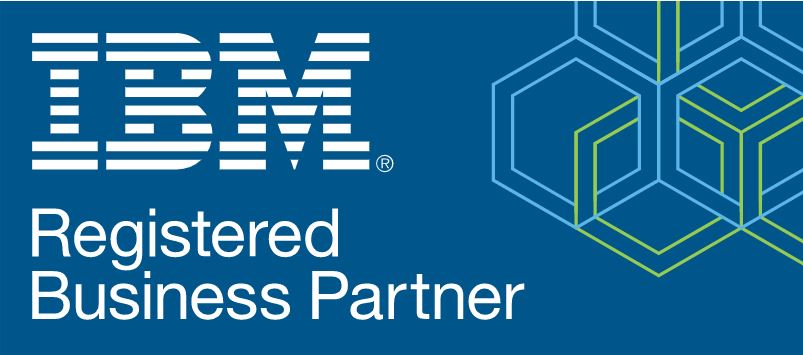


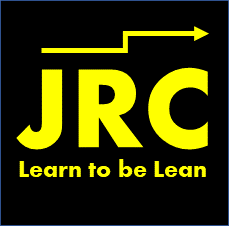
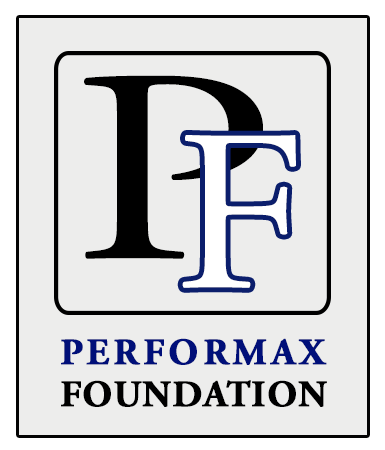

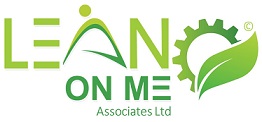




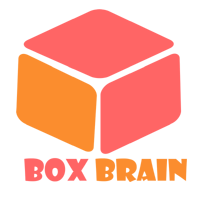


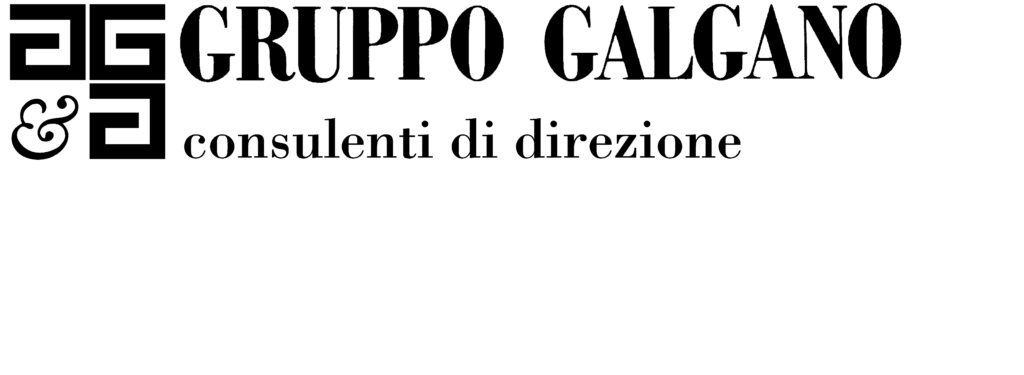




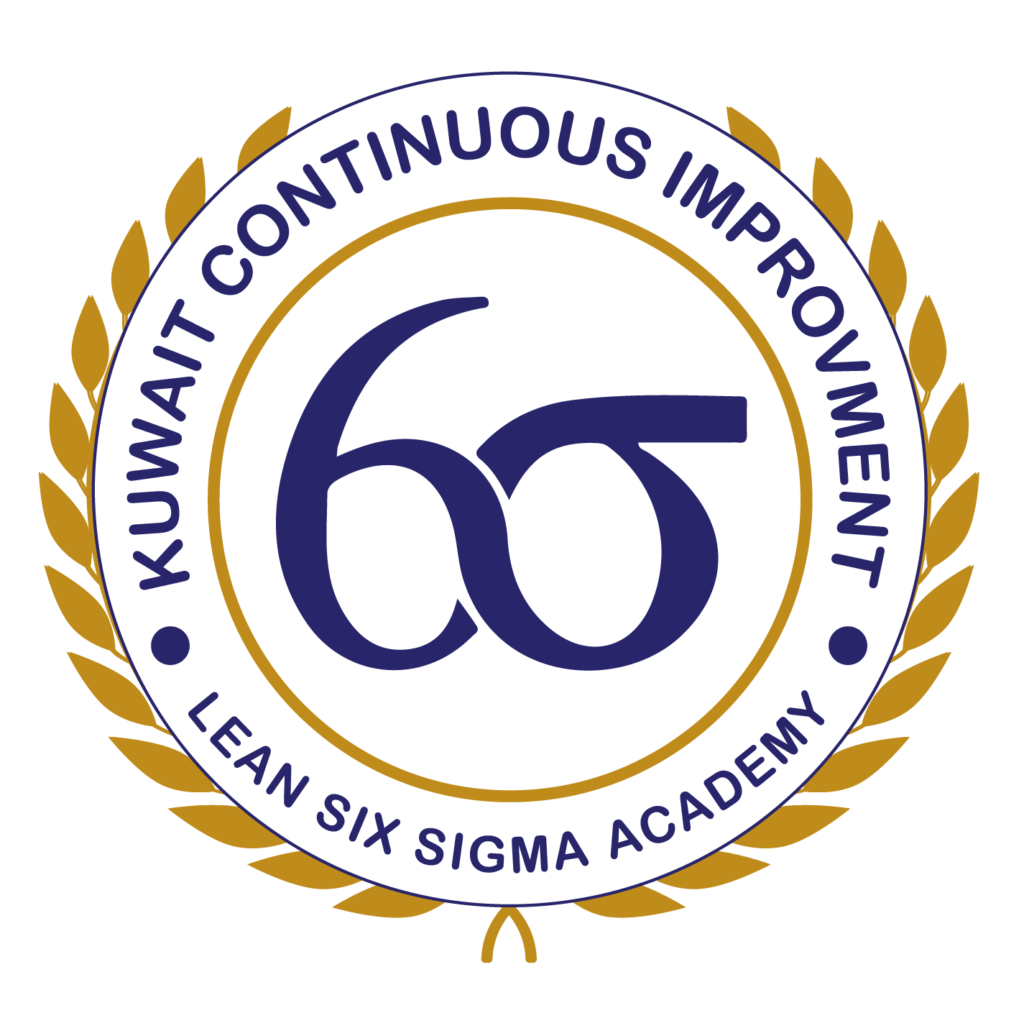





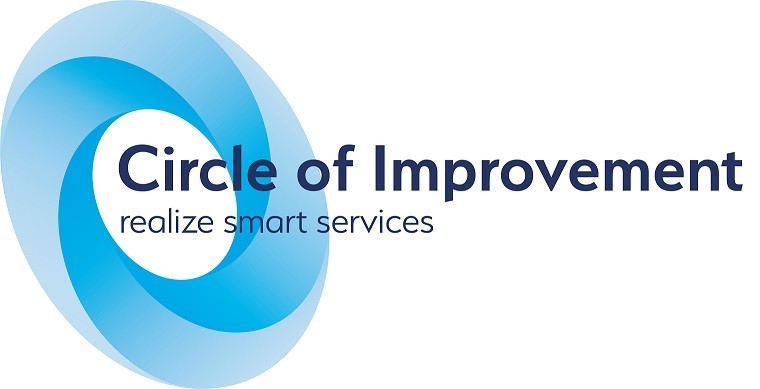



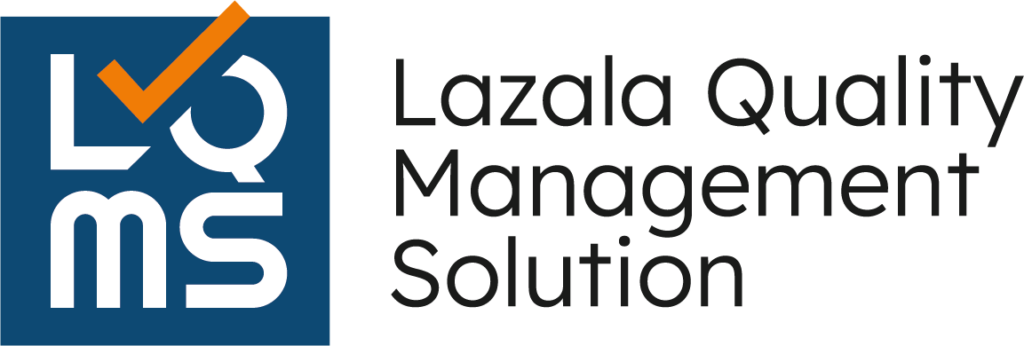




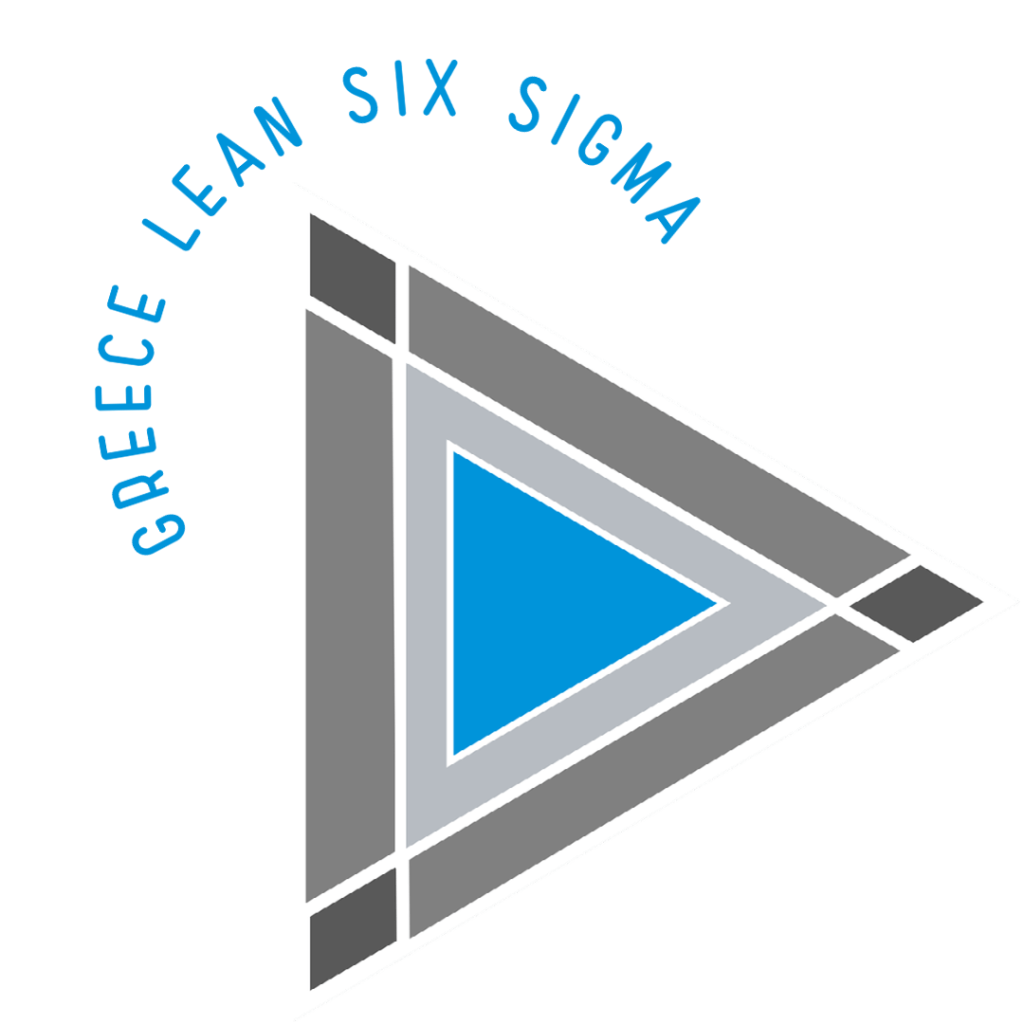



![UCOURSE.ORG [UCOURSE Academy] was established in Hong Kong in 2019 (company name: UCOURSE LTD), dedicated to providing high-quality online courses and courses for Chinese people in China, Hong Kong, and even all over the world. UCOURSE.ORG 【优思学院】于2019年成立于香港(公司名称:优思学院有限公司 / UCOURSE LTD),致力于为中国、香港、以至身处于全球各地的中国人提供优质的线上课程和考试认证,促进全国的人材培育、个人的职业发展,让学员在事业上事半功倍,同时助力国家的未来的急促发展。](https://ilssi.org/wp-content/uploads/2021/02/ucourse-logo-250.png)

